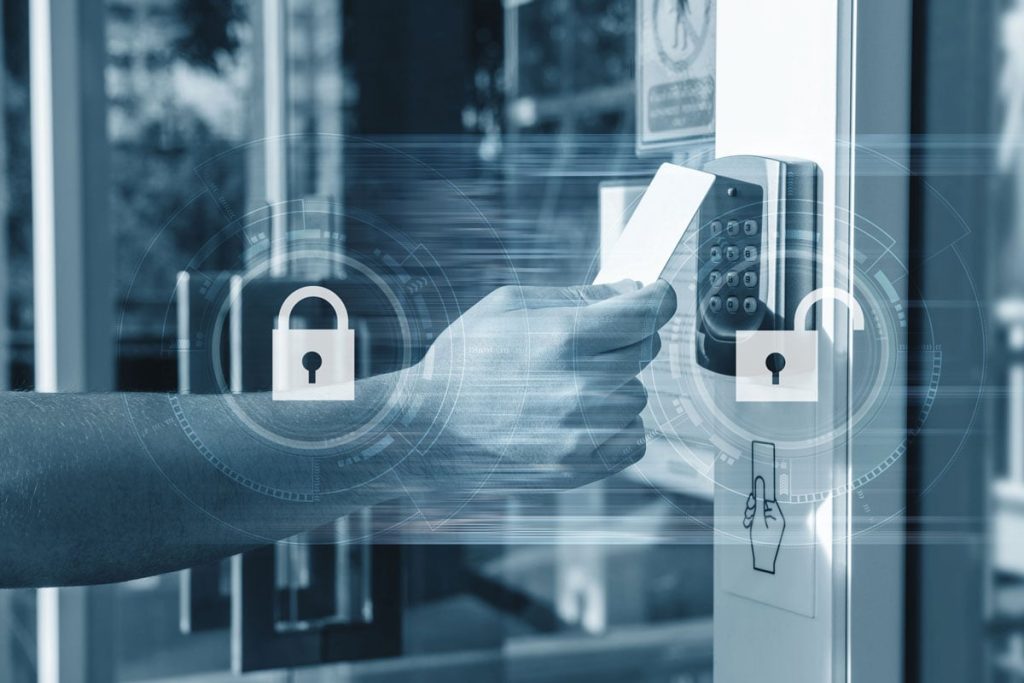In today’s fast-paced world, security has become a paramount concern for businesses of all sizes. Commercial establishments, ranging from small retail stores to sprawling corporate offices, invest heavily in security systems to safeguard their assets, data, and, most importantly, their employees. These systems are multifaceted, combining various components to create a comprehensive security infrastructure. In this article, we will unveil the layers of commercial security systems, delving into the two key aspects – access control and surveillance.
Access Control – The First Line of Defense
Access control is the initial layer of defense in a commercial security system. It entails regulating who has access to a given space or resource within a business. This layer has evolved significantly from traditional lock and key methods to more sophisticated electronic systems.

Keycards and Biometrics – Keycards and biometric systems are now commonplace in commercial security. Employees use keycards or biometric identifiers like fingerprints or retinal scans to gain access to secure areas. These methods enhance security by providing an audit trail and limiting unauthorized entry.
Door Entry Systems – Door entry systems can be integrated with video intercoms, allowing employees to verify visitors before granting them access. This enhances security by preventing unauthorized individuals from entering the premises and call prem tech.
Time and Date Restrictions – Access control systems often allow administrators to set time and date restrictions. For instance, employees may have access only during their working hours or on specific days. This level of control ensures that only authorized personnel are present during off-hours.
Surveillance – The Watchful Eye
Surveillance is the second critical layer in commercial security systems, complementing access control by providing real-time monitoring and recording of events within a facility. Surveillance systems have seen significant advancements with the advent of digital technology.
CCTV Cameras – Closed-circuit television CCTV cameras are the cornerstone of surveillance systems. They are strategically placed throughout the premises to capture video footage. These cameras can be analog or IP-based, with the latter allowing remote access and cloud storage of video data.
Digital Video Recorders DVR and Network Video Recorders NVR – DVRs and NVRs are used to store and manage video footage. DVRs are suitable for analog systems, while NVRs are used in IP-based systems. Both offer features like motion detection, remote access, and the ability to search and retrieve specific footage.
Video Analytics – Many modern surveillance systems employ video analytics, which use algorithms to identify specific events or objects within the footage. This can include facial recognition, license plate recognition, and even behavior analysis. Video analytics enhance security by automating the monitoring process and alerting security personnel to potential threats.
Remote Monitoring – Surveillance systems can be accessed remotely through computers, smartphones, or tablets, allowing business owners and security personnel to monitor their premises in real-time. This remote access is a valuable tool for maintaining security even when off-site.
Commercial security systems have evolved from simple locks and keys to sophisticated, integrated solutions that encompass access control and surveillance. These systems are crucial for protecting assets, employees, and sensitive data. As technology continues to advance, commercial security systems will likely become even more effective and intelligent in their ability to safeguard businesses.
